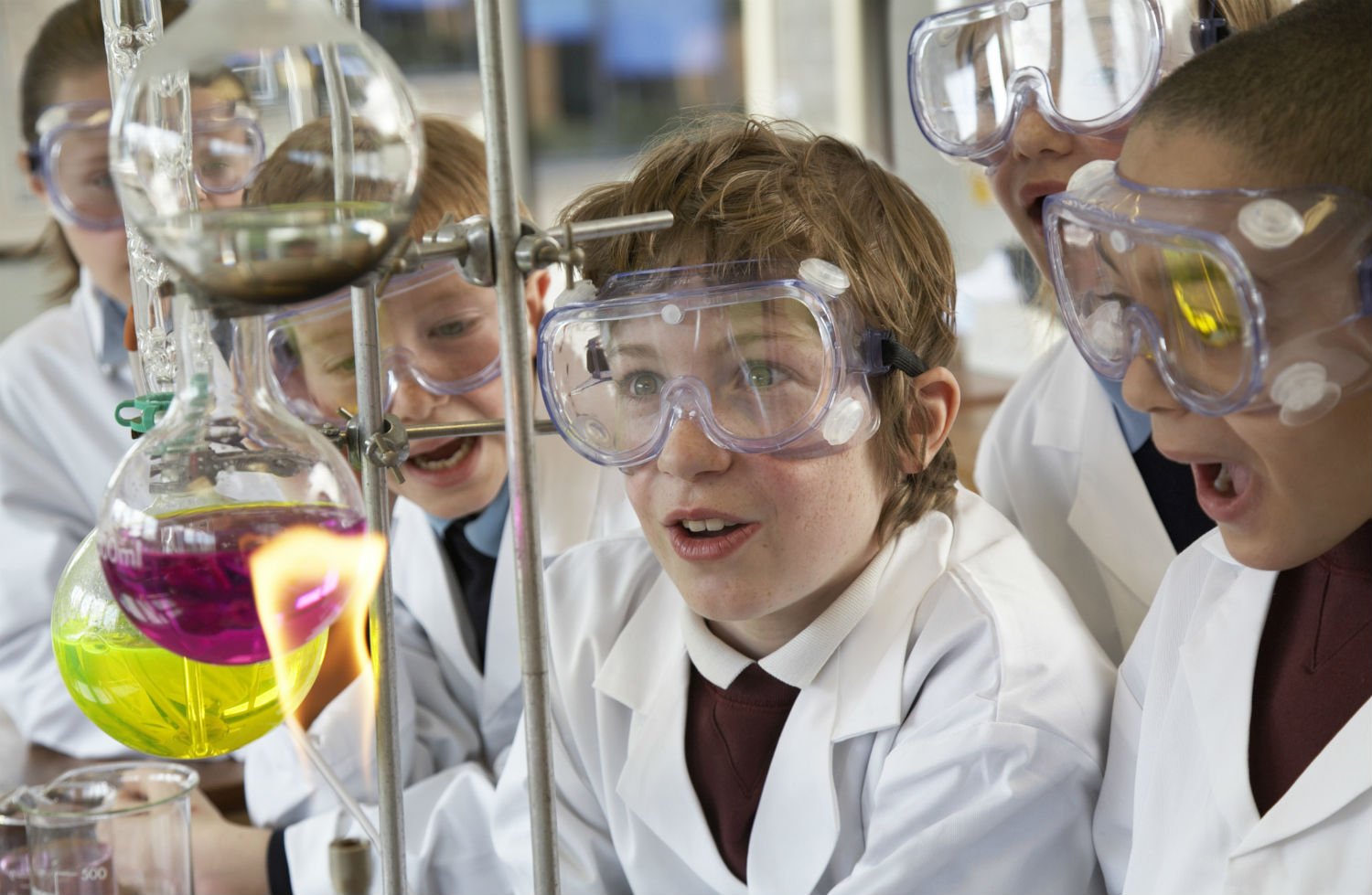Do a quick search on Indeed, Smart Recruiters, or LinkedIn and you’ll see that jobs in STEM (science, technology, engineering, and math) are in hot demand. By 2020, STEM jobs are expected to grow by 18.7%, compared to 14.3% for all fields. (National Bureau of Labour Statistics)
Despite the high need and high paychecks, these jobs continue to go unfilled. The dropout rate for STEM bachelors-degree programs is about 50%. Even students who “do well” in STEM, leave it behind. Nearly a third of high-performing students transfer out of STEM majors (National Center for Education Statistics).
Why are young people electing to miss out on careers with such great job security and benefits? For industry and government, this is – literally – the billion-dollar question.
The first answer that usually comes up is that students leave the STEM pipeline because they’re unprepared academically. Over the years money, time, and human energy have been poured into efforts to increase academic rigor and “hold schools accountable” for their students’ math and science achievement.
In other words, American youth are spending more time than ever before sitting at their desks, taking tests.
Has it worked?
The US continues to rank somewhere around the middle on international math and science scores (Pew Research Center). And at what cost? In the name of academic rigor, schools have increasingly had their budgets whittled away, until educators must choose between providing essential services to their students, or providing “extra-curricular” activities, such as taking them on field trips.
Schools are crucial to developing a strong STEM workforce. Quality teachers and instruction are undoubtedly key variables that affect a student’s path in STEM.
But I would also argue that too often we ignore the importance of making an emotional connection to STEM. Interest, excitement, and attitudes are much harder to measure on a multiple-choice test, but much better at predicting a person’s life trajectory. Think about your own career path.
Why do you do what you do?
If you’re one of the lucky ones, your work fulfills you. It makes you feel good. Today’s youth are no different. In fact, Millennials report that the number one thing they seek in a career is a sense of purpose (Gallup). STEM offers opportunities to make a difference and do work that is rewarding and exciting. The problem is that we don’t give young people enough chances to discover this.
If we want more students to pursue STEM, we have to go beyond equipping them with math skills and science facts. Students need to experience science, not just read about it.
When we began developing the STEM Field Trip program for iFLY Indoor Skydiving, we wanted the curriculum to be chock-full of meaty content. And it is: students learn about gravity, velocity, and acceleration; they conduct experiments, and derive equations. But our number one goal for the program is that students see STEM in action, and that they leave completely stoked about it.
Can you measure the level of “stoke” on a test? Maybe, and actually we are currently working with university researchers on ways to do just that. Personally, I know that you can feel how pumped students are about learning science when you’re in our building, and it’s an incredibly powerful thing to witness.
Our curriculum provides students and educators a first-hand look at the key technologies we use today to make wind tunnels fast enough for true skydiving, safe enough for families and energy-efficient enough to be affordable entertainment. These include the high efficiency turning vanes at each corner of the air flow path, the cooling system that removes heat from the airflow via chilled water pumping through the turning vanes.
These out-of-the-classroom experiences give students the chance to get close to STEM, pursue their own questions and form an emotional connection to what they’re learning. And yes, equity and access are issues we must face head on if we are going to develop the diverse STEM workforce this country needs. All students must have opportunities to spool DNA in a lab, or tinker with electronics, or experience the physics of indoor skydiving.
If not, the thousands of STEM jobs listed on recruiting sites will continue to go unfilled. STEM education must not become a mono-culture consisting only of classroom instruction. In order for students to thrive, they need to grow up in a rich ecosystem of learning opportunities. Field trips, afterschool programs, internships, summer camps, and clubs are all vital parts of that ecosystem.


